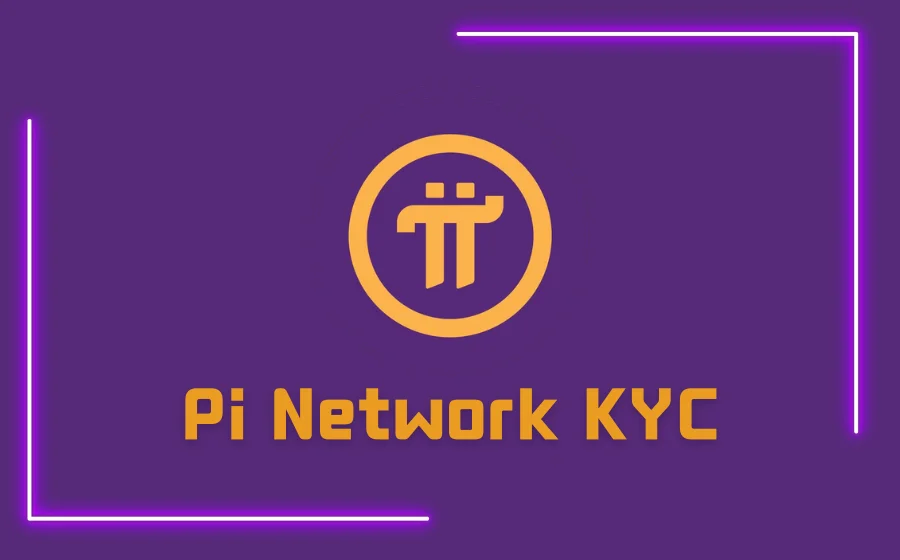
KEYTAKEAWAYS
- Liquid Staking transforms staked tokens into tradable assets, letting users earn rewards while using them in DeFi for lending, trading, or yield farming.
- It reduces opportunity cost, increases capital efficiency, and drives broader crypto adoption by combining flexibility with network security.
- Compared to Liquid Restaking, it focuses on PoS security, while restaking extends protection and yield potential to external protocols like oracles and rollups.

CONTENT
Liquid Staking revolutionizes traditional staking by tokenizing assets, unlocking liquidity, and enabling DeFi utility — offering flexibility, rewards, and broader blockchain participation.

WHAT IS LIQUID STAKING & HOW DOES IT WORK?
In the crypto world, Liquid Staking represents a major evolution of traditional staking — allowing your assets to stay productive and flexible at the same time.
Under the conventional Proof-of-Stake (PoS) model, users lock up their tokens to help secure the network and earn rewards. However, once staked, those assets become illiquid — meaning they can’t be traded, moved, or used elsewhere until the lock-up period ends.
Liquid Staking solves this problem by tokenizing staked assets. When users stake their tokens through a Liquid Staking protocol, they receive a liquid staking token (LST) that represents their staked position. These LSTs can then be used freely across DeFi — for trading, lending, yield farming, or other financial strategies — all while the original tokens continue earning staking rewards.
For example, when staking ETH on Lido, users receive stETH, a liquid representation of their staked Ethereum. This model is known as a Liquid Staking Derivative (LSD), enabling stakers to earn rewards while still maintaining liquidity.
In other ecosystems like Cardano, staking can be done directly without minting LSTs. This approach, called Native Liquid Staking, allows assets like ADA to remain liquid even while being staked.
In essence, Liquid Staking unlocks a new layer of flexibility and efficiency in crypto. It transforms staking from a passive, locked-up process into an active, yield-generating component of the DeFi ecosystem — where your assets can truly work for you.
>>> More to read: What is Lido DAO & LDO?
LIQUID STAKING PROS AND CONS
✅ Advantages
-
Enhanced Utility:
Liquid Staking allows users to put their staked assets to work across different DeFi applications — such as lending, yield farming, or liquidity provision — without giving up staking rewards.
-
Reduced Opportunity Cost:
By unlocking liquidity that traditional staking locks away, Liquid Staking enables users to pursue additional trading or investment opportunities while their tokens remain staked.
-
Driving Crypto Adoption:
Liquid Staking expands the utility and value of tokens, encouraging innovation within DeFi and promoting wider cryptocurrency adoption by making staking more accessible and capital-efficient.
⚠️ Disadvantages
-
Slashing Risk:
Validators who act dishonestly or fail to perform properly may face penalties known as “slashing,” resulting in the loss of a portion of staked tokens. Users delegating to such validators could share in that loss.
-
Centralization Concerns:
If too many tokens are staked through a single protocol or validator network, Liquid Staking could concentrate power and reduce overall decentralization. A diverse ecosystem of staking providers helps mitigate this risk.
-
Regulatory Uncertainty:
The legal status of staking and DeFi remains unclear and varies across jurisdictions. Before participating in Liquid Staking, users should review their local regulations to ensure compliance and risk awareness.
>>> More to read: What is Restaking? How to Earn More Rewards?
WHY IS LIQUID STAKING IMPORTANT?
Liquid Staking plays a crucial role in solving one of the biggest challenges of traditional staking — the loss of liquidity. By allowing users to access and utilize their staked assets, it bridges the gap between security and flexibility in the crypto ecosystem.
Platforms like Lido and Cardano give users the ability to earn staking rewards while still being able to trade, lend, or deploy those assets across decentralized finance (DeFi) applications. This means your tokens can simultaneously contribute to network security and remain part of an active investment strategy.
Moreover, Liquid Staking lowers the barrier to participation for users who might otherwise hesitate to lock up their funds for long periods. By making staking more flexible and capital-efficient, it encourages broader user engagement — ultimately driving greater blockchain adoption, liquidity growth, and ecosystem sustainability.
>>> More to read: What You Must Know Before Buying Your First Cryptocurrencies
LIQUID STAKING VS LIQUID RESTAKING
As we’ve learned, Liquid Staking tokenizes staked assets, allowing users to unlock liquidity and flexibility without waiting for the staking period to end. The concept takes a step further with Liquid Restaking, pioneered by EigenLayer.
While Liquid Staking focuses on securing Proof-of-Stake (PoS) blockchains, Liquid Restaking extends that security to other external systems such as oracles, rollups, and additional decentralized modules. In other words, Liquid Restaking reuses the economic security of staked assets to support multiple protocols simultaneously — amplifying both yield potential and systemic risk exposure.
Examples of Liquid Staking projects include Lido (stETH), Binance ETH (BETH), and Rocket Pool (rETH). On the other hand, Liquid Restaking projects such as ether.fi, Puffer, and Kelp DAO represent the next evolution of this concept, enabling users to reallocate their staking power across multiple networks.
✏️ In summary, Liquid Staking offers a more dynamic and flexible way for users to participate in the staking ecosystem. By tokenizing staked assets and enhancing liquidity, it opens up new possibilities for digital asset utility and on-chain capital efficiency — while Liquid Restaking pushes those possibilities even further into the multi-protocol era.

















